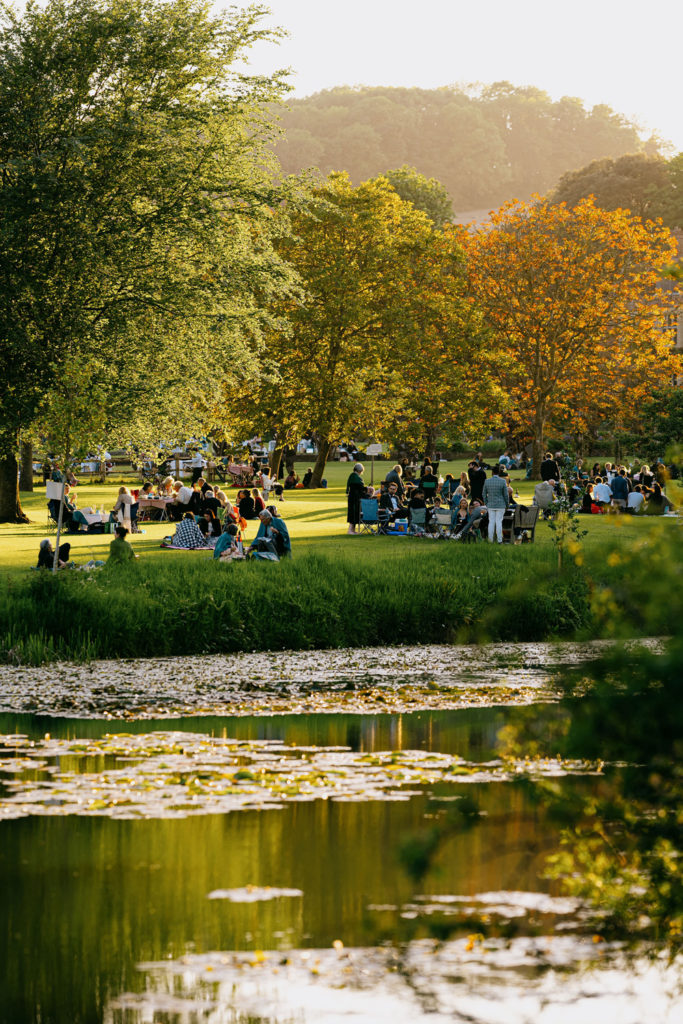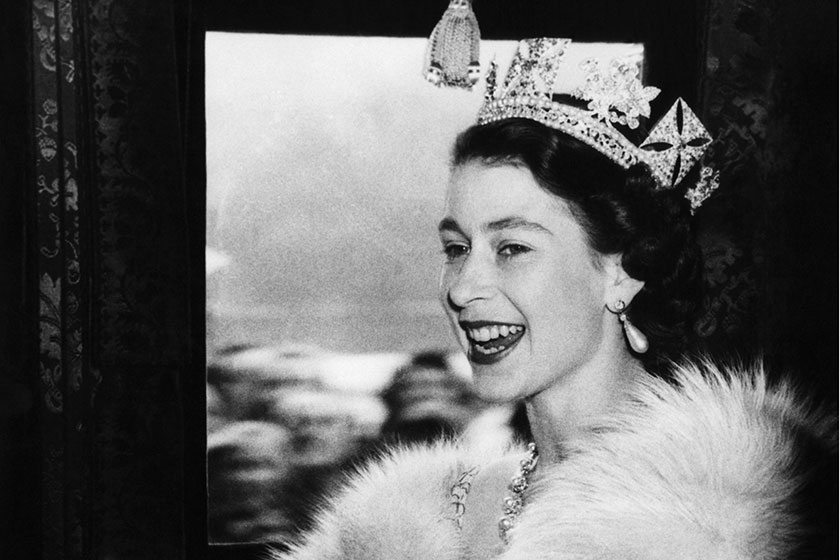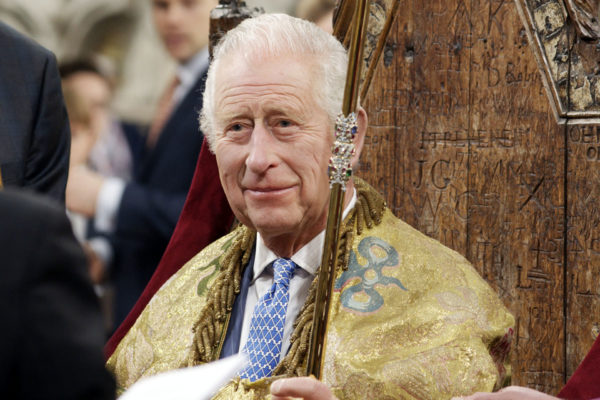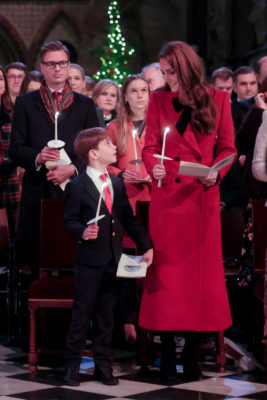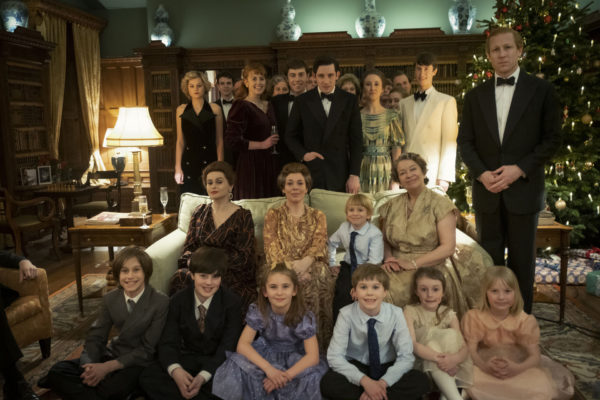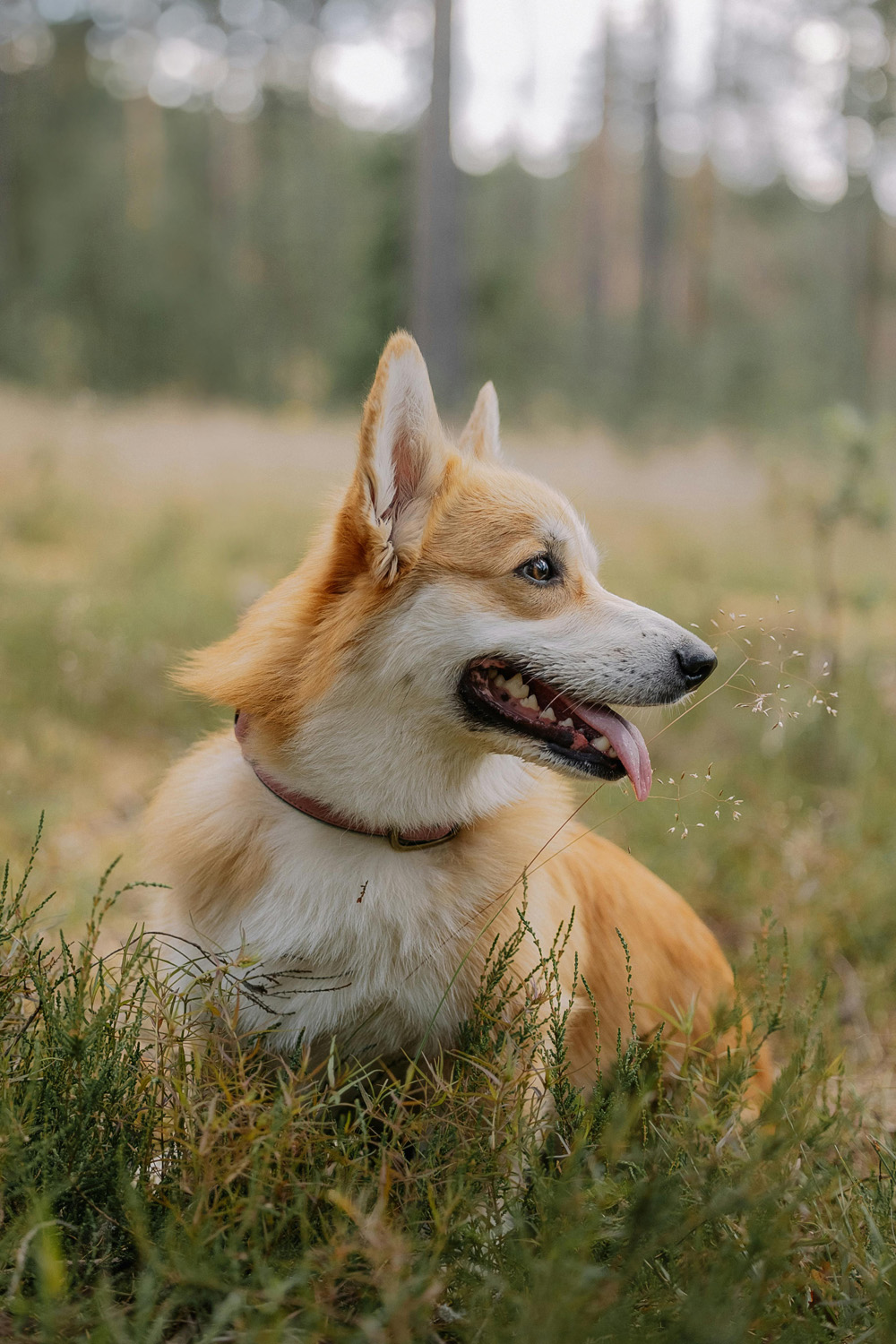
Does The King Have Corgis?
By
4 months ago
What happened to Queen Elizabeth II’s beloved pups?
As King Charles III arrives on TV screens across the globe tomorrow to deliver his third annual Christmas Address, the late Queen might spring to mind. And with the Queen, her furry friends – which she was accompanied by throughout her 70-year reign. But has the tradition continued, and does the King have corgis? Here’s what we know.
Does King Charles Have Corgis?
No, King Charles III has not followed in his mothers footsteps and does not have any corgis. However, the King is a dog-lover. While you might think he’d choose a Cavalier King Charles Spaniel, Charles owns a Jack Russell, Bluebell, with wife Camilla, adopted from Battersea Dogs and Cats Home in 2012. In November 2024, their beloved Jack Russell Beth sadly passed away; she was also adopted from Battersea, but one year before Bluebell.
How Many Corgis Did Queen Elizabeth Have?
During her 70 years on the throne, the late Queen Elizabeth II owned more than 30 corgis.
What Happened To The Queen’s Corgis?
While that sounds like a lot of dogs, by the time Queen Elizabeth was in her later years, she only had two corgis left, Muick and Sandy. When the Queen passed away in September 2022, these two corgis survived her and were adopted by her son Prince Andrew and his ex-wife Sarah Ferguson, the Duke and Duchess of York who still lived together at the Royal Lodge on the Windsor estate.
In November 2023, Sarah shared a pupdate on Instagram featuring Muick and Sandy, followed by another just before Christmas.
View this post on Instagram
Why Did Queen Elizabeth Love Corgis?
The late Queen had a deep affection for corgis, thanks to their playful, loyal, and intelligent nature, which suited her own personality and outdoor pursuits. But the Queen’s bond with corgis began in her childhood: when the future queen was seven years old, friends of the family had corgis, and she wanted one of her own. The family’s first corgi, Dookie (officially named Rozavel Golden Eagle), was introduced to the royal family in 1933, followed by Lady Jane from the same breeder a few years later.
Young Elizabeth was so fond of the small dogs, she received her own corgi, Susan, as a gift for her 18th birthday in 1944. Susan became the matriarch of the Queen’s extensive corgi line, with over 30 of her descendants accompanying the monarch over the decades. The Queen’s favour for this previously under-the-radar Welsh breed led to people up and down the country adopting their own corgis; in the 1960s, more than 9,000 corgi puppies were registered. In 2014, this had sadly dropped to just 274 puppy registrations in one year, leading to the breed being designated ‘Vulnerable’. And while Netflix’s The Crown was extremely controversial in the family, for better or worse, it brought corgis back into the limelight in 2016; after the second season aired, puppy registrations were up 47 percent.
But the Queen didn’t keep the line totally pure: she accidentally invented the dorgi thanks to Princess Margaret’s precocious dachshund Pipkin. However, The Queen and her sister were so enamoured with the accidental pup, called Tiny, they mated them again, and around 10 dorgis were born during the Queen’s reign. Smaller in stature with longer tails than the pedigree corgis, the dorgis were varied in appearance; some had corgi-like ears while others’ ears flopped down.
Corgis were often seen by the Queen’s side in both private and public settings throughout her life, becoming an endearing symbol of her reign. Multiple statues of the Queen are even accompanied by a corgi, including her wax figure at Madame Tussauds Shanghai.
The Corgi Family Tree
Between 1933 and 2018, Queen Elizabeth was never without a corgi. After she was given her own corgi for her 18th birthday, Susan, the Queen began to breed the dogs herself – spawning a huge family tree. By 2015, however, the Queen stopped breeding her dogs as she did not want to leave any of her dogs behind in the event of her death.
See the full corgi family tree below.
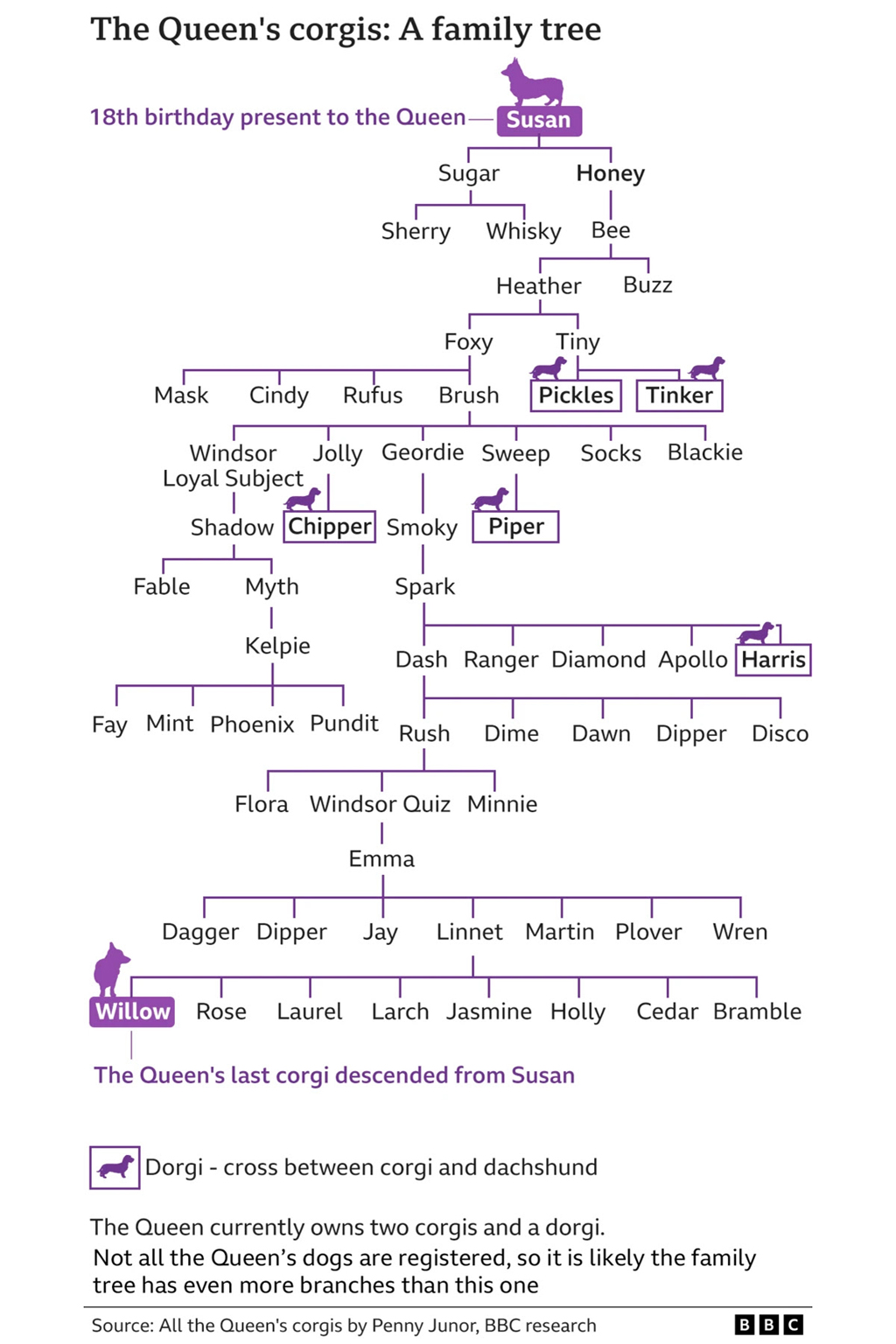
Source: BBC


